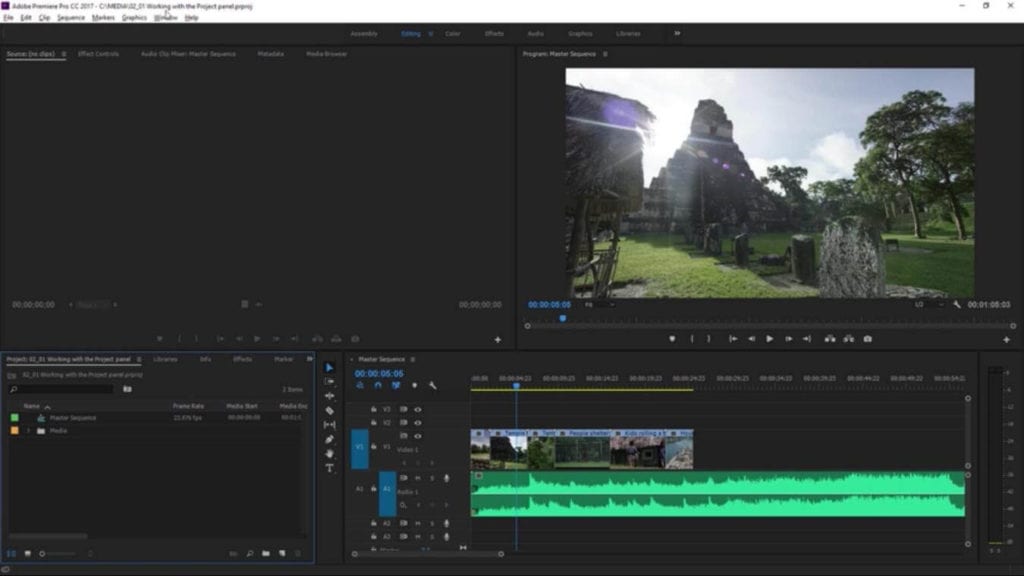

A computer that is slow in this regard can have a huge, immediately noticeable lag in Lightroom, whenever you’re doing things like adjusting a lot of sliders quickly, or using burning & dodging or cloning/healing brushes. In other words, you’re sitting around waiting for each and every little change to be made. Again, this is not because you are sitting at your computer for 24+ straight, necessarily, but because you spend so much waiting around for thousands of photos to import, render previews, and export, in addition to the actual work of color-correction! Active Lightroom Tasks: Culling, Develop Module WorkĪctive tasks in Lightroom are all the steps in your workflow that you are, of course, actively performing. It can mean the difference between a high-volume workflow that requires a mere half-day of work, and one that takes two or three days total to complete. Of course, whether an import, preview render, or export takes one hour or ten hours is still a factor in your overall workflow. In other words, if you tell Lightroom to export 1,000 photos from raw to JPG, you usually just wait until the entire process is done! Passive Lightroom Tasks: Import, Export, Render PreviewsĪs the name implies, a passive task is something that Lightroom does in the background, and you don’t usually sit around waiting for each individual step in the task to finish. Thus, we will focus a little bit more on that one component. RAM and graphics cards do matter, but the exact make and model of each aren’t as critical as that of the CPU you choose. Of course, there are many different types of SSDs, and some are only “pretty fast” while others are “blindingly fast.” We’ll talk more about SSDs later.Īside from SSD storage for a faster Lightroom (and overall computer) experience, it is a safe bet to focus a lot of your energy on deciding which CPU to get. Spinning hard disk drives will absolutely become the worst bottleneck of your workflow by far if you use them for your computer’s operating system, or for your Lightroom catalog (.LRCAT file) itself. To begin with, there are a few things you absolutely must have: First, your computer should have an SSD hard drive, period.
#Best computer for adobe premiere pro 2021 how to
If you edit a lot of photos in Lightroom, then you absolutely do need to understand how to pick all the right computer parts. These two ways in which Lightroom speed can be measured are the categories of passive tasks and active tasks.

Unless, of course, you spend the most money possible and buy literally ALL the best computer parts, period!

The question of how to speed up Adobe Lightroom (both Creative Cloud/CC and “Lightroom Classic, mind you) actually has two measurable categories of speed, and unfortunately, they don’t necessarily always go together when you are deciding which computer parts to buy.
#Best computer for adobe premiere pro 2021 Pc
In this article, we are going to explain a little bit more about what makes a computer fast for photo editing workflows, and we will pick PC computer parts for optimal Lightroom performance! Passive Tasks VS Active Tasks | Adobe Lightroom Speed, Explained However, if you process thousands, or even tens of thousands of photos every single week or month, heck, anyone who spends time in Lightroom almost daily…pay attention! Getting exactly the right components could literally save you hours of time each month, or even weekly or daily! Buy any “ fast” computer with an SSD drive, any multi-core, multi-thread CPU, at least 16 GB RAM, and a decent graphics card, and you’ll be happy! When you’re editing a few dozen or even a few hundred photos, Lightroom’s speed may not be worth obsessing over.


 0 kommentar(er)
0 kommentar(er)
